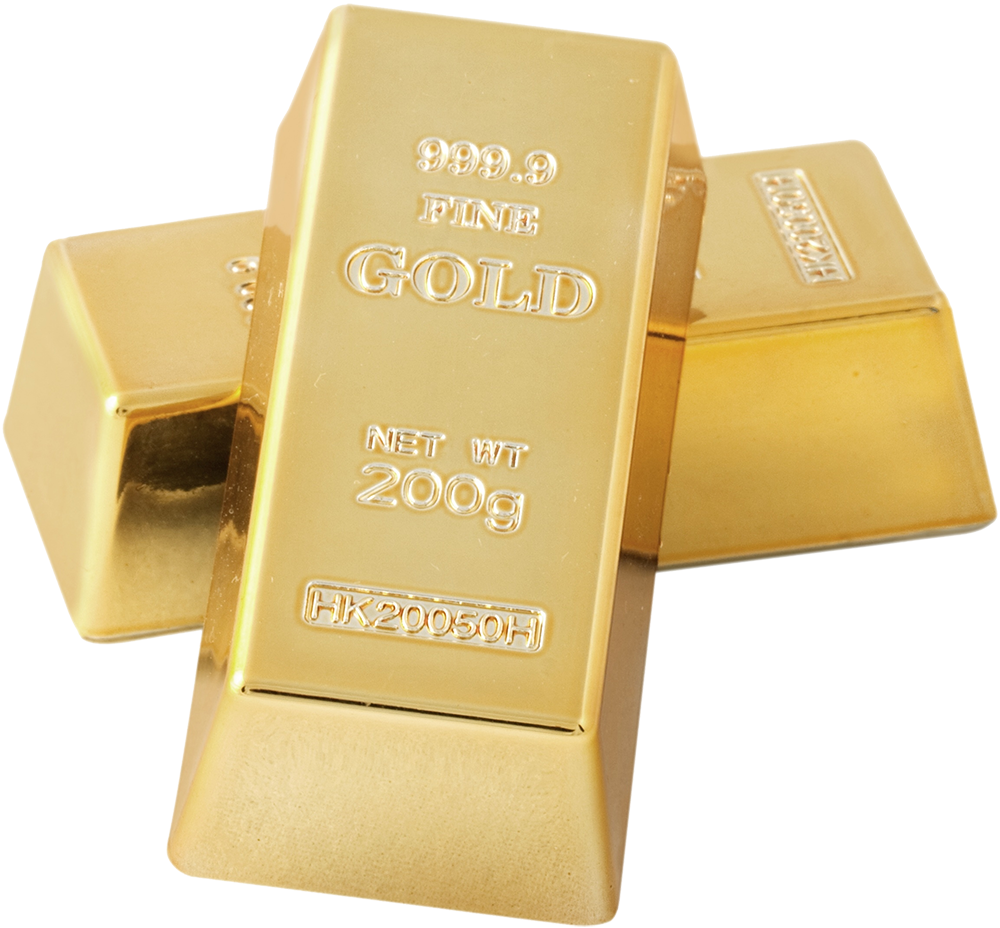 The world of diamonds is governed by “the four Cs.”
The world of diamonds is governed by “the four Cs.”
There’s color, which actually refers to the lack of color a stone has. One with no color is considered top quality, while a “brown” or “yellow” diamond is a lower standard diamond.
There’s carat, which is the weight of the diamond, and clarity, which refers to the presence or absence of inclusions – or flaws – in the stone.
And finally there’s cut, or the craftsmanship of a diamond: how the facets cooperate with light, the diamond’s overall finish and its proportions and symmetry.
It’s this aspect of a diamond that has the greatest impact on its beauty. If you’re in the market for an engagement ring or any other sort of diamond, here are 10 of the most common cuts you’ll find as you shop.
Diamond Cuts for Diamond Engagement Rings
- Round: Approximately 75 percent of diamonds for sale are round cut. Typically, round diamonds cost more than other cuts due to their high demand and because a lot of the stone needs to be removed to achieve the cut.
- Princess: Introduced in 1980, the princess is the most popular fancy cut available, working with any style of ring.
- Cushion: This is a square cut with round corners. It’s popular with customers seeking a more classic look.
- Emerald cut: These diamonds are among the most unique available due to their unusual cut, which creates a hall of mirrors effect, with flashes of light contrasting with darker planes in the stone. They cost less than round cuts by as much as 25 percent.
- Asscher: This cut is similar to the emerald, and gets its name from the Asscher brothers who popularized it in the early twentieth century.
- Radiant: Popular in the 1980s, this cut is somewhere between the princess and the cushion, combining the brilliance of round diamonds and elegance of emeralds.
- Oval: First created in the 1960s, this cut has the same brilliance as a round diamond, while giving the illusion of being larger.
- Marquise: This cut gets its name from the Marquise de Pompadour, whose face inspired King Louis XIV of France to commission a stone to match the beauty of her smile.
- Pear: This cut combines the round and marquise looks, a tear-drop shaped stone that can give the wearer the illusion of longer fingers.
- Heart: Shaped like the classic Valentine heart, this stone represents love and is popular for both pendants and rings.
Diamond Clarity Guide
With each cut comes different grades. Each one denotes a different level of quality. Here’s how the Gemological Institute of America (GIA) ranks the different levels on the cut scale:
- Excellent: Maximum fire (a rainbow effect when light hits the stone) and brilliance (brightness). An excellent diamond reflects nearly all of the light that enters the stone.
- Very good: Properly reflects most of the light entering the stone, creating superior fire and brilliance. These diamonds will appear similar to excellent stones under normal light.
- Good: Reflects a majority of light that enters the diamond.
- Fair: Allows much of the light entering the stone to escape from the sides and bottom, reducing its brilliance and fire.
- Poor: Nearly all of the light escapes this stone, which will appear dull even to an untrained eye.
If you have questions about buying wholesale diamonds or custom diamond engagement rings Doylestown Gold Exchange can help. Our owner Greg Glemser is a certified gemologist, trained by the GIA in grading diamonds and identifying gems.
Picking the right diamond can be an intimidating job, even if you know the 4 Cs. Trust the experts at Doylestown Gold Exchange to help you make the right choice.


